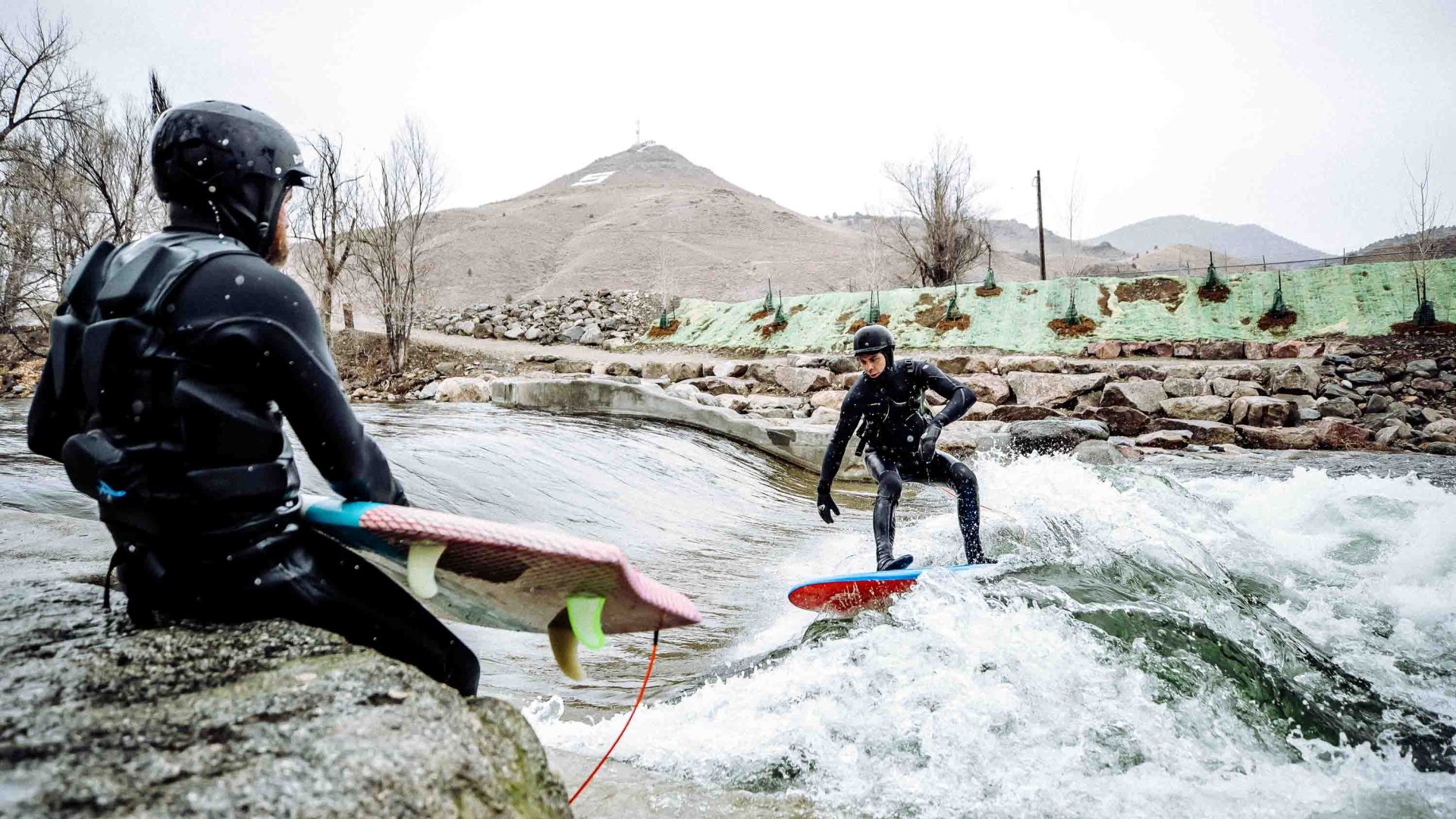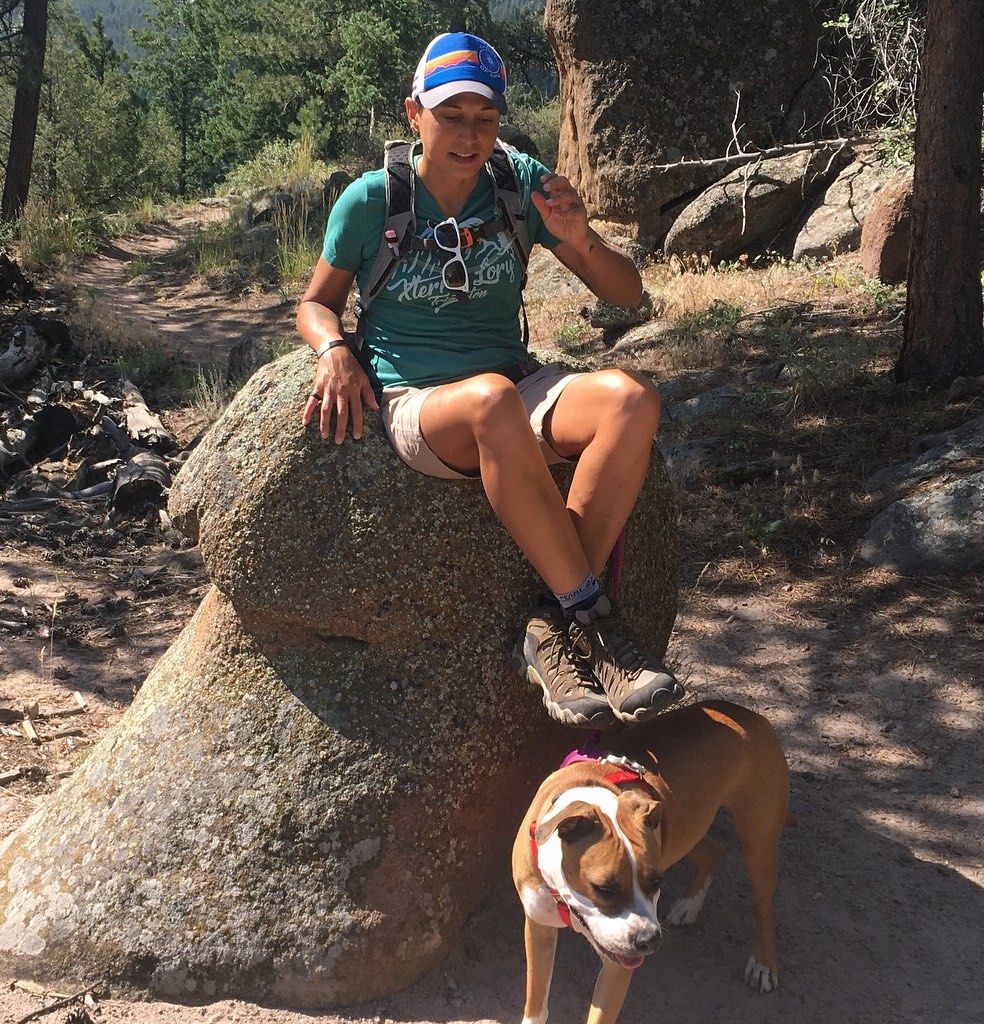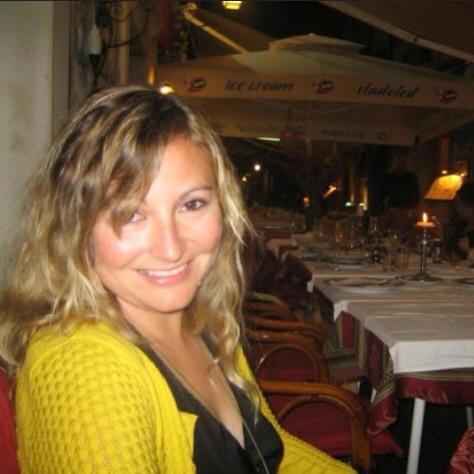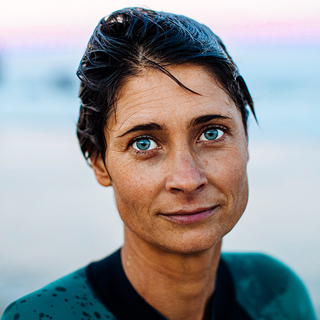
It may come as a surprise to those who just think of Colorado as a landlocked state, but river towns across the Rocky Mountains have a thriving surf culture thanks to human-made waves and the conservation efforts of many.


It may come as a surprise to those who just think of Colorado as a landlocked state, but river towns across the Rocky Mountains have a thriving surf culture thanks to human-made waves and the conservation efforts of many.
Salida, Colorado, sits on the winding Arkansas River. Beyond, the 14,000-foot peaks of the Sawatch Range loom in the distance. Here, visitors and locals alike hike, mountain bike, ski, climb, and recreate to their heart’s desire. There’s a seemingly endless list of outdoor opportunities you can find here in world-class terrain—one might think that the only thing you couldn’t do here are activities you’d find in faraway coastal towns. Like, say, surfing.
But that’s changing.
Today, the human-built Scout Wave on the Arkansas River has made river surfing possible in Salida. Zach Hughes grew up in California, surfing ocean waves, but when he arrived in Colorado, he started shaping boards in his garage just for surfing the Arkansas River. “In the early days, we focused on making a lot of creative boards that had a lot of volume,” Hughes says. “What’s happened is the waves have gotten better, so the boards have been able to get smaller and more conventional. It’s so fun.”
But besides being fun, the surf wave has re-energized conservation efforts for the Arkansas River and is creating a hub for growing the mountain surf community.
The Denver and Rio Grande Railroad established the town of Salida in the 1870s, operating as a rail town steadily through the 1970s. The railyard that now sits empty used to bustle with 200 trains a day. But in order to establish the rail system, thousands of pounds of non-natural materials were dumped into the river to redirect it away from the railroad and make it flow in a straighter path. Needless to say, the Arkansas River wasn’t being taken care of.
That started to change when people began wanting to use the Arkansas River for recreation and sport. Salida’s FIBArk Festival (First in Boating the Arkansas) is America’s oldest whitewater festival. It all started in 1949 with six boats—catamarans, airplane belly tanks, pontoon boats, and kayaks—racing their way from Salida to Cañon City, facing 57 treacherous miles of whitewater. That year’s race created the first of several generations of river stewards who brought recreation and conservation together to change the fate of the Arkansas.
As Salida and other nearby mountain towns started getting a reputation for rafting and kayaking, young athletes flocked to the area. Much like the dirtbag culture of rock climbing in Yosemite, raft guides and river runners found a home on the Arkansas. Such is the story of Mike Harvey and Zach Hughes who have been surfing the Arkansas River since the ‘90s—way before there was a standing wave to surf. Today, the two still live in Salida and own Badfish SUP, a river surf and SUP company. They’ve raised families full of surfers and river adventurers, and in a lot of ways, very little has changed for them— they’re still building new boards and playing in the water as much as possible.
In 1996, Gary Lacy built the US’s first whitewater park in Golden, Colorado. Before that, river surfers would find natural features and pull over on the side of a river and surf as much as they could. Sometimes the features would wash away weeks later. Or the water levels would drop and those features would be dry rocks. “I went to a competition [at the river park in Golden] in ‘96 and I thought, this is the future,” Harvey says. “It was right in town, the features were pretty good. It was predictable and people could watch. I thought, ‘We need more of this.’”
Mike Harvey and Gary Lacy believe that what they’ve really created with the Scout Wave is “a whole lot of people interested in taking care of rivers and waterways.”
Harvey looks at the river like it’s his backyard. And it is. He knows every rock and exactly how the water flows over them. Some of those rocks, maybe even most of those rocks, he’s moved himself. When he started trying to surf natural features, the river was still in rough shape. “Chain link fences and concrete walls and everything faced away from the water,” Harvey says. He wanted to change that. So he “found the phone number for the engineer who had done the whitewater park in Golden, Gary Lacy, and called him.”
To Harvey’s surprise, Lacy answered the call. “He was like, ‘I love Salida, my dad raced in the second ever FIBArk in 1950. I’ll be down there tomorrow to give you some advice.’” Harvey and Lacy have been working together ever since.

As Gary Lacy likes to say, he started throwing rocks in rivers in the 1970s—the early days of making features to kayak around—but he officially started his company, Recreation Engineering, in 1983 in Boulder, Colorado. He’s since built over 200 whitewater kayaking, river surfing, and river parks all over the US and in Canada. But, more importantly, the two believe that what they’ve really created with the Scout Wave is “a whole lot of people interested in taking care of rivers and waterways,” Lacy says. People who fish, raft, kayak and surf end up having a vested interest in taking care of their playground.
River waterpark projects are almost always publicly funded, as an initiative to bring more people to the area to enjoy the river. Sometimes, funding comes from grants and donations. But once a water park project on a river is funded, it requires approval from local agencies and federal permits. Government agencies ensure that fish populations are able to spawn and thrive and that the ecosystem will not be harmed by the act of rearranging rocks in the riverbed. Many times, this means building a shallow, easy way for fish to swim upstream, away from the surf wave or river feature. It looks a bit like a frontage road next to the highway. Flow levels are checked throughout the year to make sure that fish can continue to use the channels created for them.
According to Bill Vogrin, Public Information Officer at Colorado Parks and Wildlife, when a project like the Scout Wave is proposed, Colorado Parks and Wildlife is notified by the US Army Corps of Engineers. “CPW is given the opportunity to evaluate the need for the project, review designs, and offer our expertise. Comments are then provided back to the US Army Corps of Engineers.” Once the plans are approved, then the builders look for a window of time when fish won’t be disrupted and the river is not being used as much. For the Scout Wave, that was last November.
The design of the Scout Wave was pretty simple. The shape is like a falling ‘S’. While the drop looks significant with water flowing, it’s less than 6 feet (1.8 meters) over 655 feet (200 meters), creating a perfect place to hang out on a board. The wave doesn’t disrupt the river and how the ecosystem functions beyond the 20 or 30 yards downstream where people exit and walk back up the path. Beyond where people play, the river would never know there had been a change.
The Scout Wave is mesmerizing to watch, even without anyone surfing it. It’s smooth and unending. And it’s already drawing people from miles away. Harvey designed the wave to surf well even at low-flow rates because of the crew of locals who surf year-round, even when it requires a dry suit and careful footing on ice-covered rocks.
Harvey and Hughes hang out in their newly opened Badfish surf shop, right downtown and two blocks from the river. They’re like boys in a clubhouse. But they’re clear that this is everyone’s clubhouse—even if you’ve never surfed a river in your life. Because, as they know, the more people surfing, the more who care about the river and the future of Salida.

While working at a high-end restaurant in Montana, Micah Ling met Anthony Bourdain and learned about organic farming. Since she's moved to Colorado and become a full-time writer. Her byline can be found in Esquire, GQ, Popular Mechanics, Outside, The Outline, Colorado Traveler, Atlas Obscura, and others.








Can't find what you're looking for? Try using these tags: